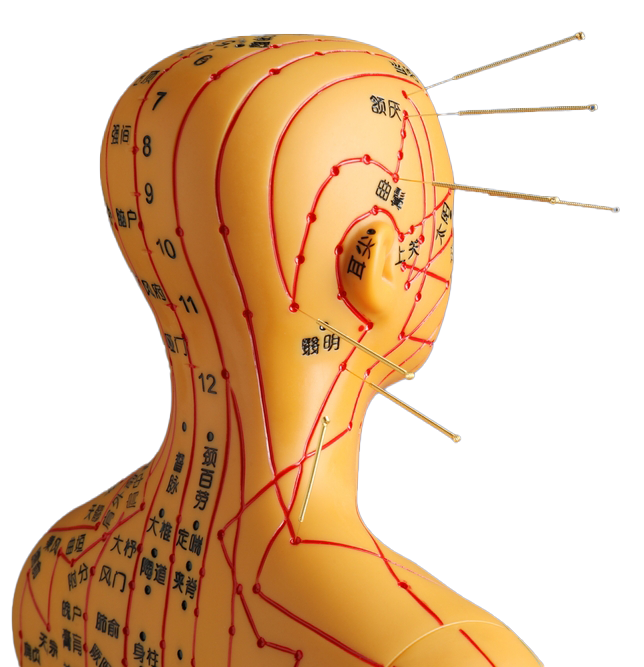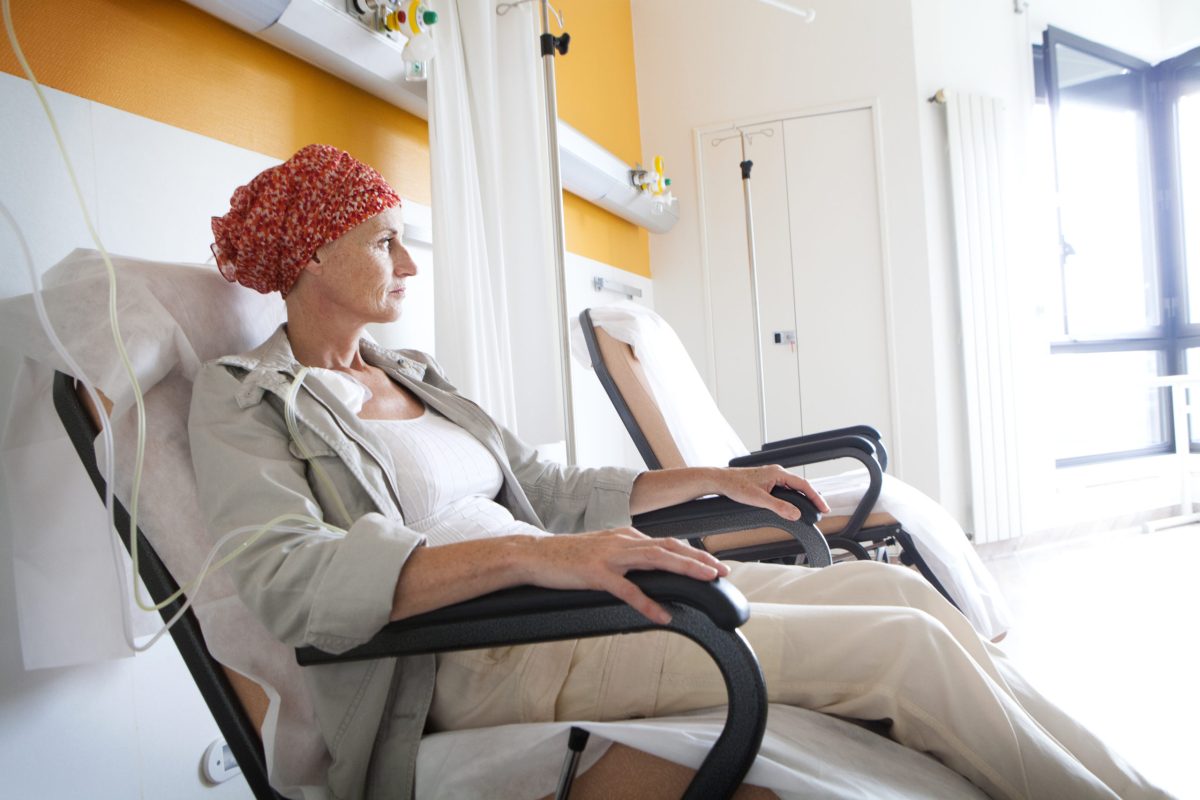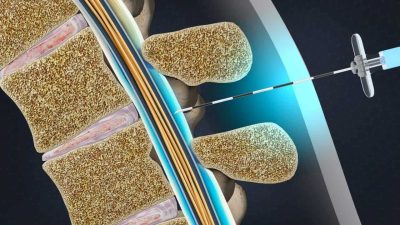- Facet joint Radiofrequency Thermocoagulation (RFT) Treatment
- Radiofrequency Thermocoagulation Dorsal root ganglion (DRG) radiofrequency thermocoagulation (RFT)
- Discitis Procedure
- Sacroiliac Joint Radiofrequency Treatment (Simplicity)
- In-Disc Ozone Therapy
- Nucleoplasty
- Transforaminal Injection (Pinpoint)
- Facet joint block
- Epidural Injection
Cancer pain
- Home
- Cancer Pain
- Cancer pain
Contents
Toggle- Creating an individualised treatment plan
- The role of different specialities (physiotherapist, orthopaedist, psychologist, neurosurgeon)
- Pain treatment during pregnancy
- Treatment of chronic pain in the elderly
- Pain management in children
- Stress management
- Healthy eating
- Ergonomic living arrangements
- Exercise and mobility
- Facet joint Radiofrequency Thermocoagulation (RFT) Treatment
- Radiofrequency Thermocoagulation Dorsal root ganglion (DRG) radiofrequency thermocoagulation (RFT)
- Discitis Procedure
- Sacroiliac Joint Radiofrequency Treatment (Simplicity)
- In-Disc Ozone Therapy
- Nucleoplasty
- Transforaminal Injection (Pinpoint)
- Facet joint block
- Epidural Injection
- Cancer pain
- Permanent Epidural / Spinal Port Application
- Vascular Port (Permanent Vascular Access)
- Trigeminal Nerve RFT
- Blockade of Ganglion Stellatum
- Lumbar Sympathetic Ablation
- Facet joint Radiofrequency Thermocoagulation (RFT) Treatment
- Radiofrequency Thermocoagulation Dorsal root ganglion (DRG) radiofrequency thermocoagulation (RFT)
- Hernia Burning (IDET)
- Discitis Procedure
- Sacroiliac Joint Radiofrequency Treatment (Simplicity)
- Permanent Epidural / Spinal Port - Pump System
- In-Disc Ozone Therapy
- Nucleoplasty
- Peripheral Nerve Block
- Transforaminal Injection (Pinpoint)
- Facet joint block
- Epidural Injection
- Intra-articular Fluid Treatment
- Dorsal root ganglion (DRG) radiofrequency thermocoagulation (RFT)
- Spinal cord stimulation (pain pacemaker)
- Ergonomic living arrangements
- Spinal cord stimulation (pain pacemaker)
- Nucleoplasty
- Radiofrequency ablation
- Herbal solutions
- Dry needle treatment
- Anti-ageing treatments
- Ozone therapy
- Cupping therapy - Cupping
- Mesotherapy
- Prolotherapy
- Acupuncture
- Stem Cell Therapy
- Nerve blockages
- Corticosteroid injections
- Massage and relaxation techniques
- Manual therapy
- Electrotherapy
- Neuropathic pain medications
- Anti-inflammatory drugs
- Muscle relaxants
- Painkillers (paracetamol, ibuprofen, etc.)
Cancer pain is one of the most common complaints of cancer patients and can seriously affect the patient's quality of life. The disease itself, the form of spread (metastasis) or treatment processes (chemotherapy, radiotherapy, surgery, etc.) can cause cancer pain. Pain management is an important part of cancer care and involves supporting patients both physically and psychologically. Below you will find comprehensive information about cancer pain, its possible causes and treatment approaches:
1. What is cancer pain and how does it occur?
- Direct effect of the tumour
- The tumour can cause pain by pressing on surrounding tissues, nerves or organs in the area where it is located.
- In particular, bone metastases can disrupt the structure of the bone and cause excruciating pain.
- Treatment Related Pain
- Postoperative Pain: Pain at the operation site associated with incision or tissue damage.
- Chemotherapy Related Pain: Some medicines can affect nerve endings and cause numbness, burning or stinging sensations in the hands and feet (neuropathic pain).
- Radiotherapy Related Pain: Inflammation of the tissues in the radiation field, skin irritation or burn-like conditions may cause pain.
- Other Causes
- Non-cancerous causes (e.g. arthritis, myalgia, etc.) may also be present at the same time and may be mistaken for "cancer pain" by the patient.
- Musculoskeletal pain due to prolonged bed rest, inactivity or weight loss can also aggravate the picture.
2. Types of Cancer Pain
- Somatic Pain
- It originates from superficial or deep tissues such as muscle, bone, skin.
- It is usually a sharp, pinpoint, and easily recognisable pain.
- Visceral Pain
- It originates from internal organs (liver, intestine, kidney, etc.).
- It may be more diffuse, pressing or a feeling of fullness. Sometimes precise localisation is difficult.
- Neuropathic Pain
- It develops as a result of damage or irritation to the nervous system.
- It can be described as burning, stinging, electric shock-like sensations. It can occur if the cancer has spread to the nerve tissue or if chemotherapy drugs have caused nerve damage.
- Mixed (Mixed) Pain
- The occurrence of several of the above types of pain at the same time. For example, both somatic pain due to bone metastases and neuropathic pain due to nerve compression may occur together.
3. Assessment of Pain
- Pain Rating Scales
- Numerical Pain Scale (severity levels from 0 to 10)
- Visual Analogue Scale (the patient marks the pain on a line)
- Verbal Descriptive Scale (Mild, Moderate, Severe, etc.)
- Question and Evaluation
- Duration, intensity, character of pain (burning, stinging, sharp, etc.)
- When it starts, triggering factors, in which position or with which movement it increases/decreases
- Other accompanying symptoms (nausea, numbness, weakness, etc.)
- Physical examination and necessary tests
- Blood tests, imaging methods (X-ray, MRI, CT, PET-CT) are used to determine the spread of the tumour and the possible source of the pain.
- Nerve conduction studies (EMG etc.) are among the methods to be used in suspected neuropathic pain.
4. Cancer Pain Management: Drug Therapies
Drug therapies used to control cancer pain are usually based on the World Health Organisation (WHO) "pain cascade" model:
- Non-Opioid Analgesics (Step 1)
- For mild pain: Paracetamol, NSAIDs (ibuprofen, naproxen, etc.).
- Sometimes, in addition to pain relief, they also have an anti-inflammatory effect.
- Weak Opioids (Step 2)
- For moderate pain: Codeine, tramadol, etc.
- Side effects (constipation, nausea, dizziness, etc.) should be monitored.
- Strong Opioids (Step 3)
- In severe cancer pain: Morphine, oxycodone, fentanyl, methadone, etc.
- They are very effective in controlling pain, but require careful use and follow-up in terms of side effects such as addiction risk, constipation, respiratory depression and sedation.
- Treatment is individualised according to the patient's response and changes in the pain profile.
- Additional Medicines (Adjuvants)
- Antidepressants (such as amitriptyline, duloxetine): May be particularly effective in neuropathic pain.
- Antiepileptic drugs (gabapentin, pregabalin, etc.): Used to reduce pain due to nerve damage.
- Corticosteroids (dexamethasone, etc.): May relieve pain in conditions such as nerve compression, brain tumour oedema, bone pain.
- Muscle relaxants or anxiolytics can also be added if necessary.
5. Other Treatment Methods in Cancer Pain Management
- Radiotherapy
- It is often used for the relief of pain, especially associated with bone metastases.
- Radiation can shrink the tumour, reducing pressure on surrounding tissues and relieving pain.
- Surgery
- Partial or complete removal of the tumour causing the pain can relieve the pain.
- Stabilisation and tumour debulking (tumour reduction) operations can also be performed to relieve spinal compression or bone metastasis.
- Nerve Blocks and Interventional Pain Treatments
- Epidural or intrathecal (around the spinal cord) catheter applications can be performed to reduce the side effects of high-dose opioids.
- Nerve blocks (e.g. celiac plexus block) are effective in relieving visceral pain in certain types of cancer (such as pancreatic).
- Radiofrequency ablation or injections of neurolytic agents (which destroy nerve tissue) can also be used in selected cases.
- Physiotherapy and Rehabilitation
- The musculoskeletal system can be relaxed with light exercises, massage, hot/cold applications.
- Recommended for relieving joint or muscle pain and maintaining mobility.
- Psychological and Psychosocial Support
- Cancer pain can be exacerbated by stress, anxiety and depression.
- Methods such as individual or group therapies, family counselling, relaxation exercises and cognitive behavioural therapy can positively affect the patient's perception of pain.
- Alternative and Complementary Therapies
- Methods such as acupuncture, meditation, yoga, aromatherapy, music therapy, etc. may be beneficial for pain and stress management in some patients.
- However, it is recommended that these methods be applied in conjunction with conventional (medical) treatments and under the supervision of a physician.
6. Coping with cancer pain in everyday life
- Keeping a Regular Pain Diary
- It is useful to record the severity, duration and triggering factors of pain and to share changes in the treatment process with the healthcare team.
- Regular use of medicines
- Taking painkillers at the frequency and dose prescribed by a doctor. Instead of taking medication after the pain intensifies, it is more effective to use it at regular times.
- Paying attention to nutrition and fluid intake
- Getting enough protein, vitamins and minerals supports general well-being.
- Opioid use may cause constipation; it is important to consume plenty of fibre foods, vegetables and fruits and to drink water.
- Light Exercise or Physical Activity
- Exercises performed in accordance with the general condition of the patient, accompanied by a physician or physiotherapist, help to strengthen the muscles and improve circulation.
- Relaxation Techniques
- Practices such as breathing exercises, meditation or guided imagery can alleviate the perception of pain.
- It contributes to stress relief and psychological relaxation.
- Hot / Cold Application
- Hot compresses for muscle pain and cold compresses for swelling, inflammation or injury can be soothing. It should be applied in consultation with a doctor.
- Support Groups
- Sharing experiences with other patients living with cancer or their relatives can be valuable for emotional support and motivation.
7. When to consult a doctor?
- Persistent or Increasing Pain Despite Painkillers: Reorganisation of the existing treatment plan or different interventions may be required.
- Sudden and Severe Pain Accompanied by New Symptoms: It may indicate an emergency such as bleeding, infection or rapid growth of a tumour.
- Increase in Side Effects of Medicines: Excessive sleepiness, breathing difficulties, gastrointestinal problems, skin rashes, etc.
- Psychologically Unmanageable Anxiety and Depression: Support from a specialist (psychiatrist, psychologist) should be sought.
Summary
Cancer pain is a highly complex condition that can be caused by both the disease itself and the treatment modalities. The type (somatic, visceral, neuropathic), intensity and duration of pain vary greatly from patient to patient. Cancer pain can be largely controlled with a holistic treatment plan consisting of drug therapy (opioid and non-opioid analgesics, adjuvant drugs), radiotherapy, surgery, interventional methods such as nerve blocks, physical therapy and psychological support approaches.
The main goal of pain management is to improve the patient's quality of life, to enable the patient to continue daily activities and to make the patient as comfortable as possible. It is extremely important to establish a personalised pain management protocol for each patient and to follow up regularly. If the pain does not stop or if there is a significant change in its intensity, it may be necessary to consult a physician immediately and have the treatment reviewed.
Our treatments
- Home
- Cancer Pain
- Cancer pain



